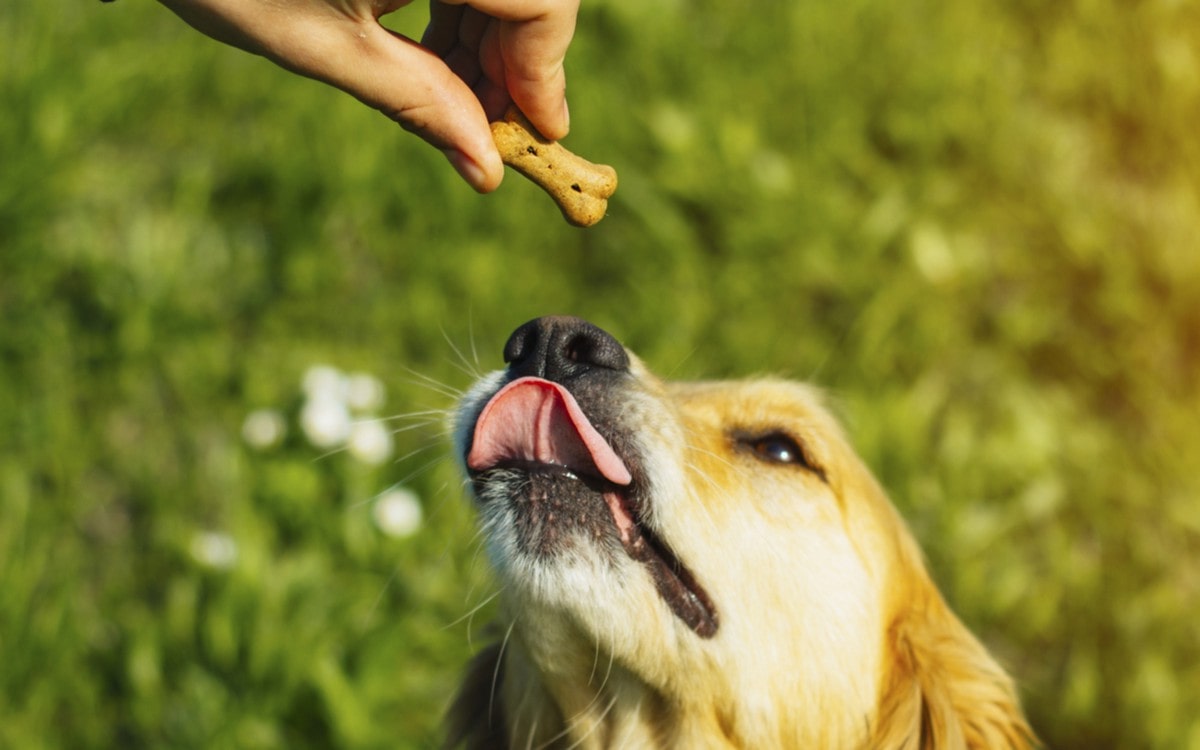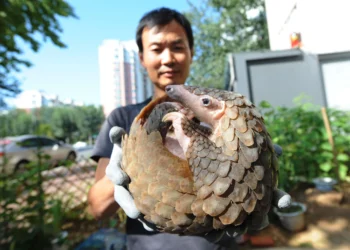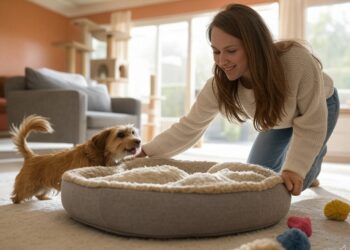What is positive reinforcement training?
Positive reinforcement training means adding in a reward to reinforce a behaviour you want from your pet. It is an ethical, welfare-friendly training option, which is very effective. It works because your pet is more likely to repeat a behaviour it has been rewarded for. Your pet will love learning alongside you if you give it a go.
What motivates your pet?
The key to reward-based training is finding what motivates your pet. This will vary between species and also between individuals. Generally, food and play can work well with both dogs and cats.
Food as a reward
If using food, it should be tailored to your pet’s health needs, as well as their preference. Moist treats which have a strong smell, such as cut-up pieces of meat or cheese are usually a hit. Healthier alternatives such as, cut up carrots, blueberries and diced, seedless watermelon may also go down as a treat for dogs. Cats often enjoy lick-able cat treats.
Reading Suggestion: German Shepherd Poodle Mix: A Family Crossbreed Dog
Play as a reward
If food doesn’t cut it for your pet, then play can be a great option. Cats often enjoy predatory style play incorporating stalking and pouncing. Dog training can also utilise interactive play, such as a game of tug, as a reward. Again this will depend on your pet’s individual presence and may take some trial and error to find what suits and motivates your pet.

Thinking outside the box
If food or play are options you’ve tried to no avail, then it may take some thinking outside of the box. You could use praise, fuss, or encourage your pet to explore new smells as a reward. If you find your pet really isn’t motivated by anything you try, then they may need pet behavioural support to address why this is and uncover any underlying problems.
Remember your pet is an individual
Your options really are endless. My main advice is to think about what your pet loves most in life and work with that. Don’t be afraid to use multiple options to keep things new and varied. Also, remember that your pet’s preference may change throughout their life. Finally, follow your pet’s lead, observation is the best way to find what motivates them!









